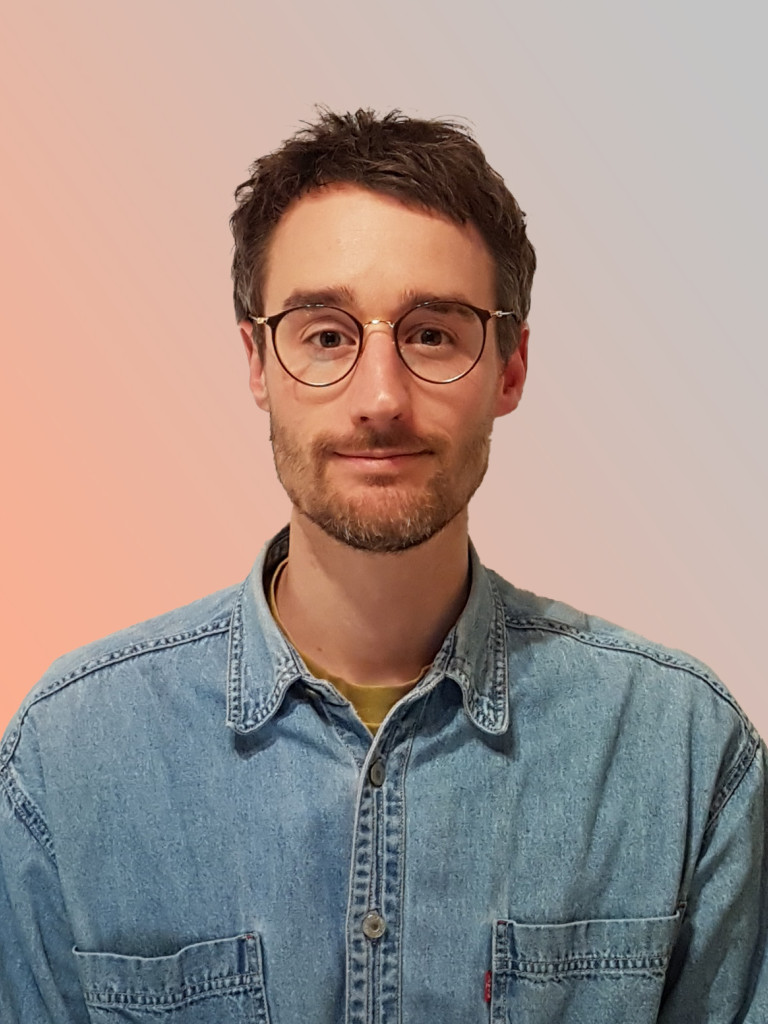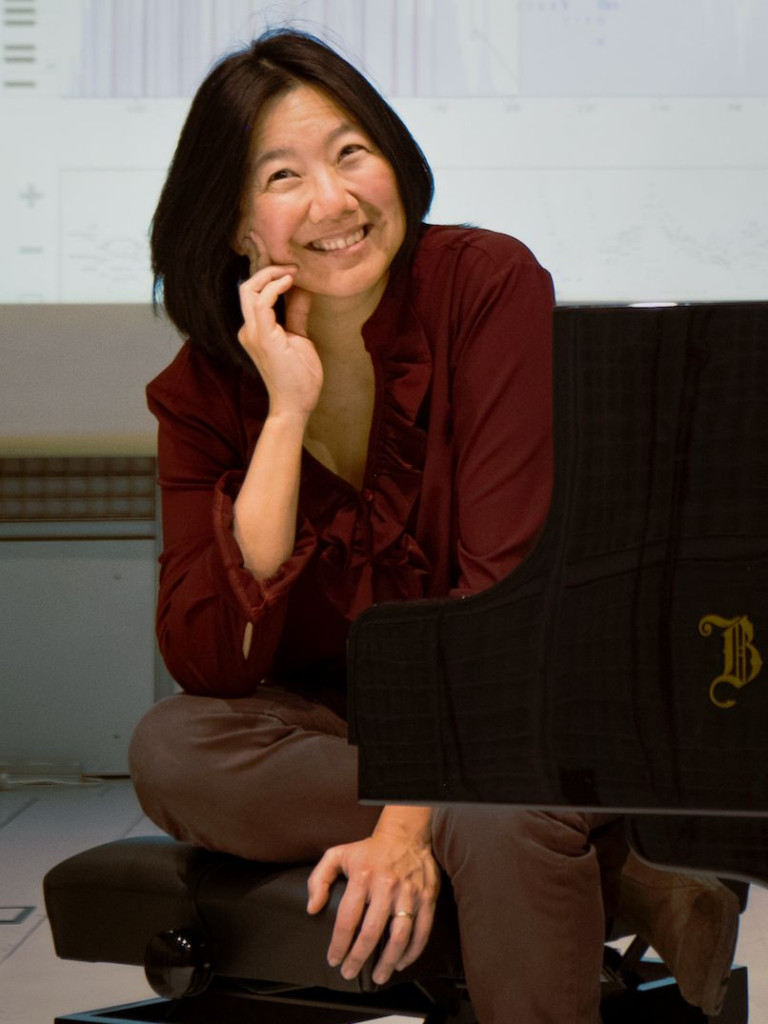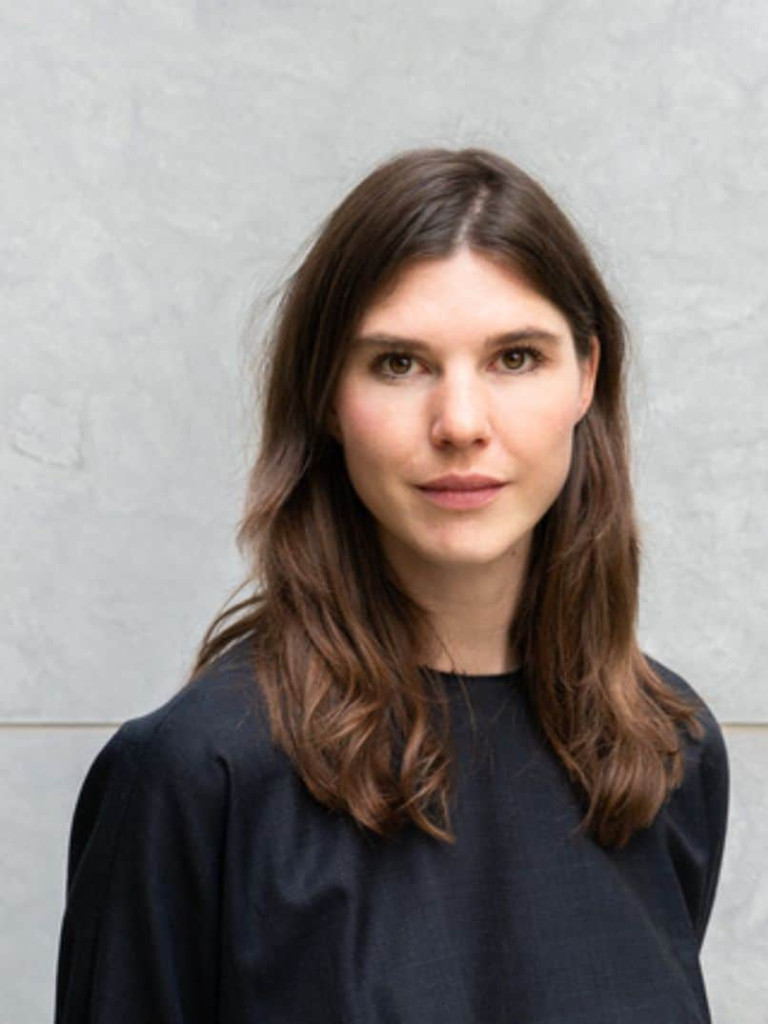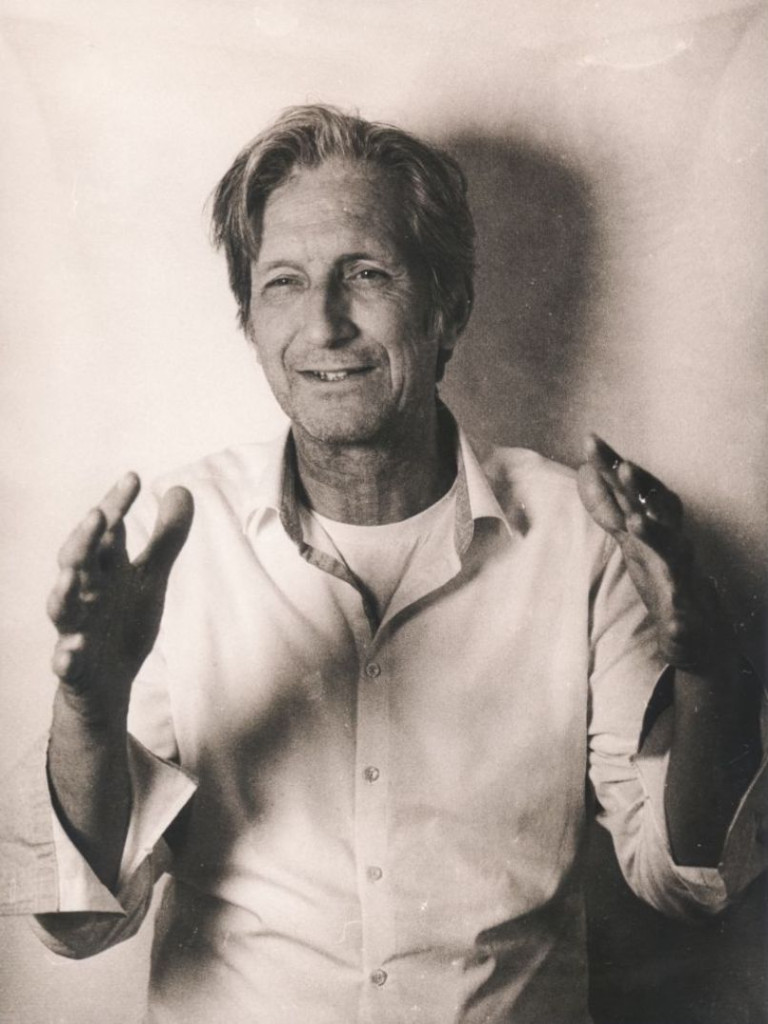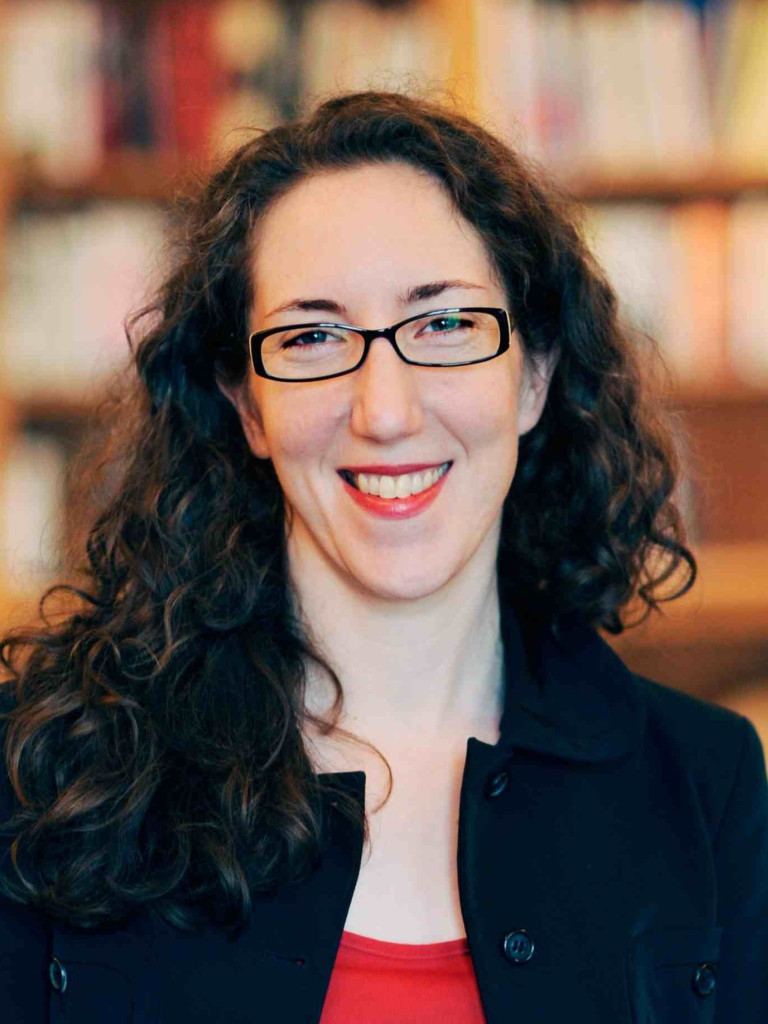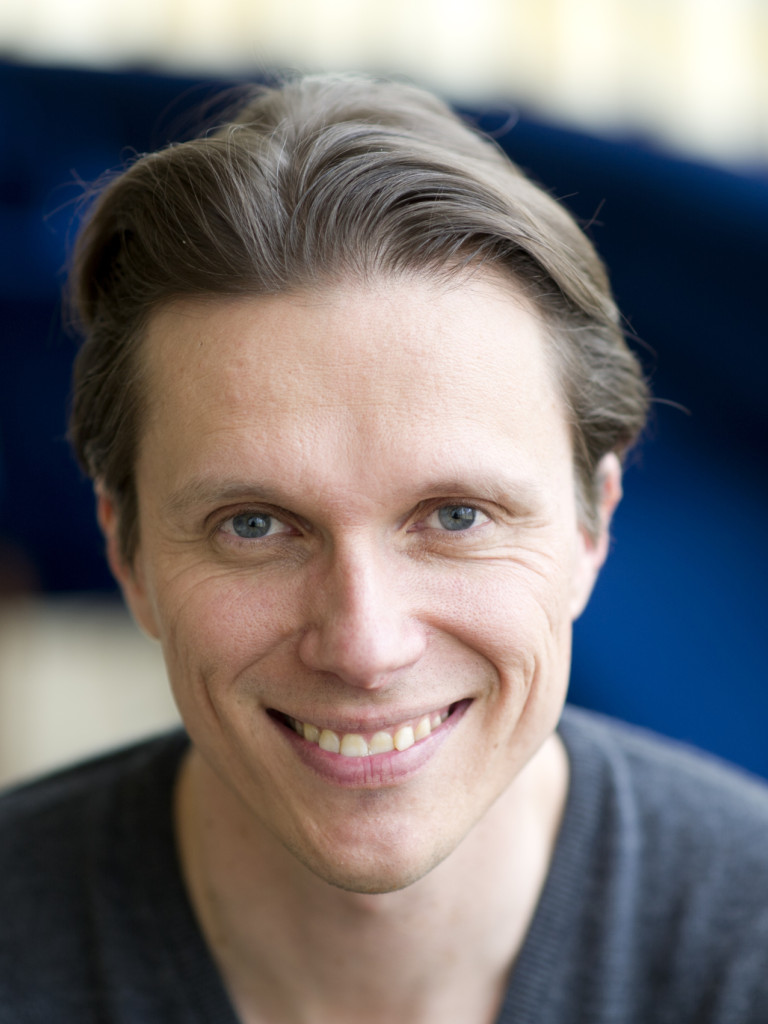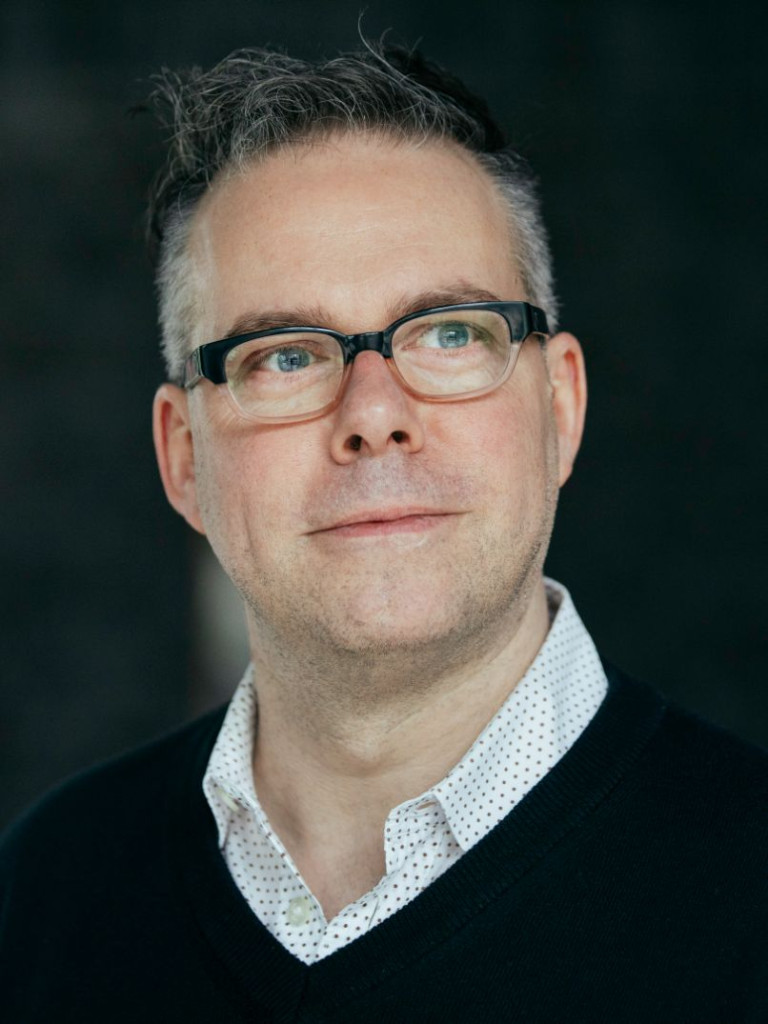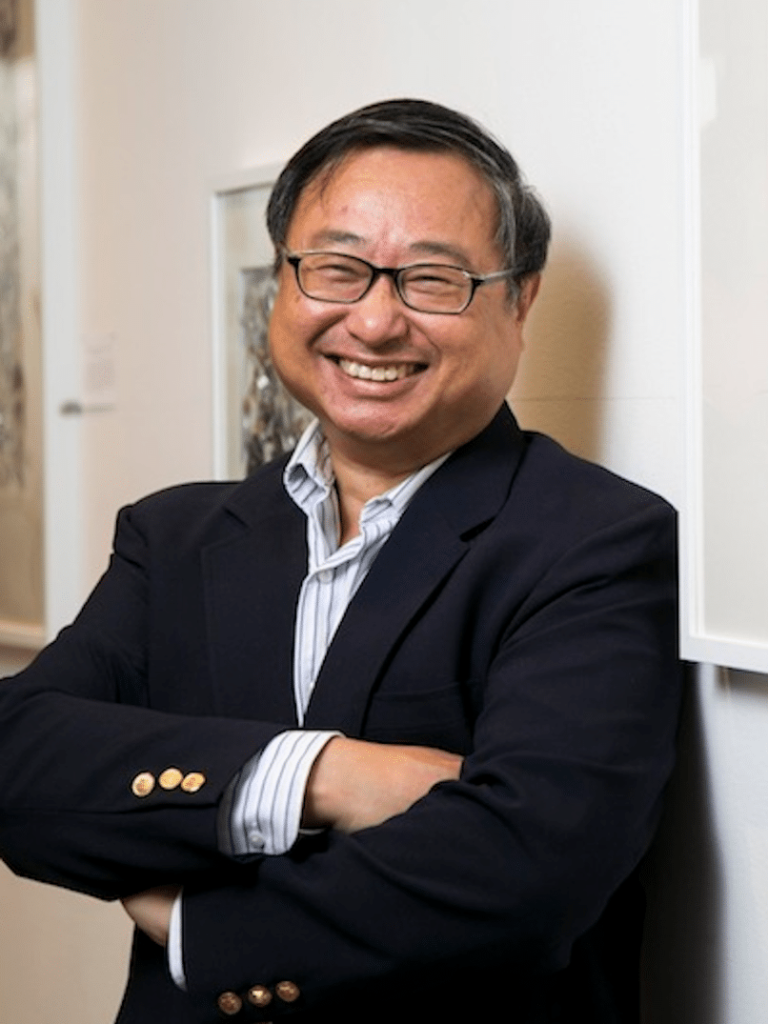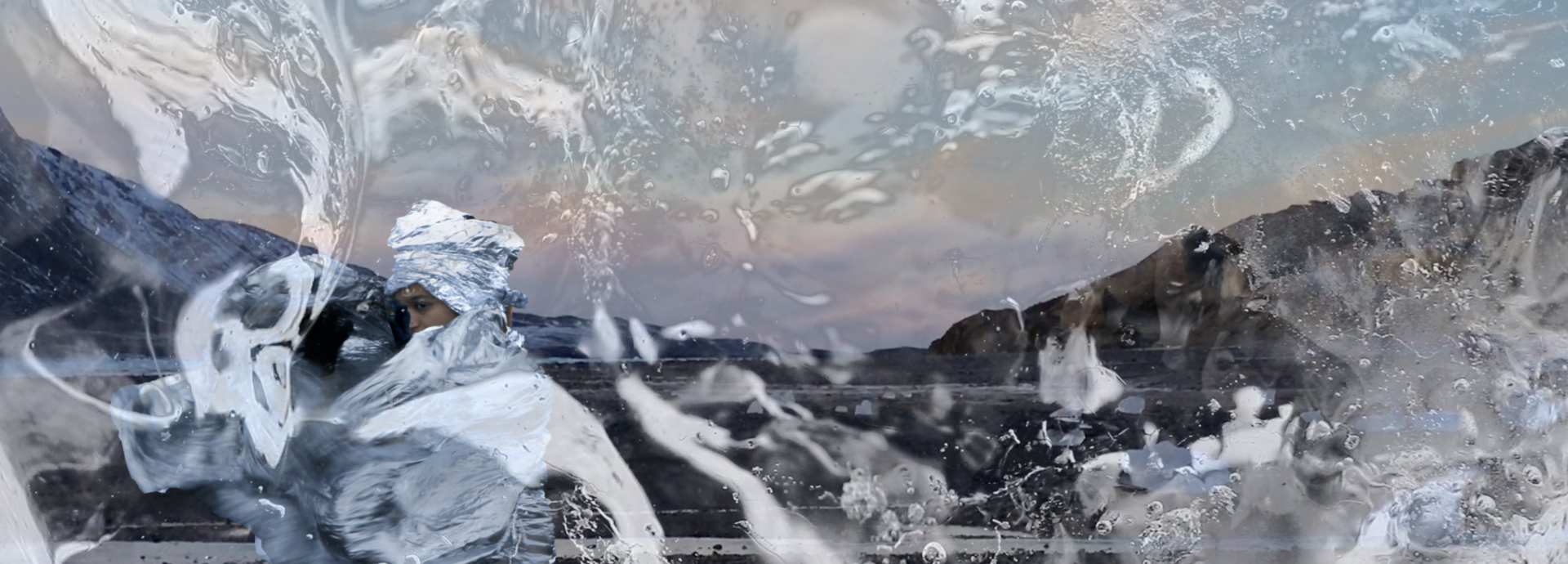
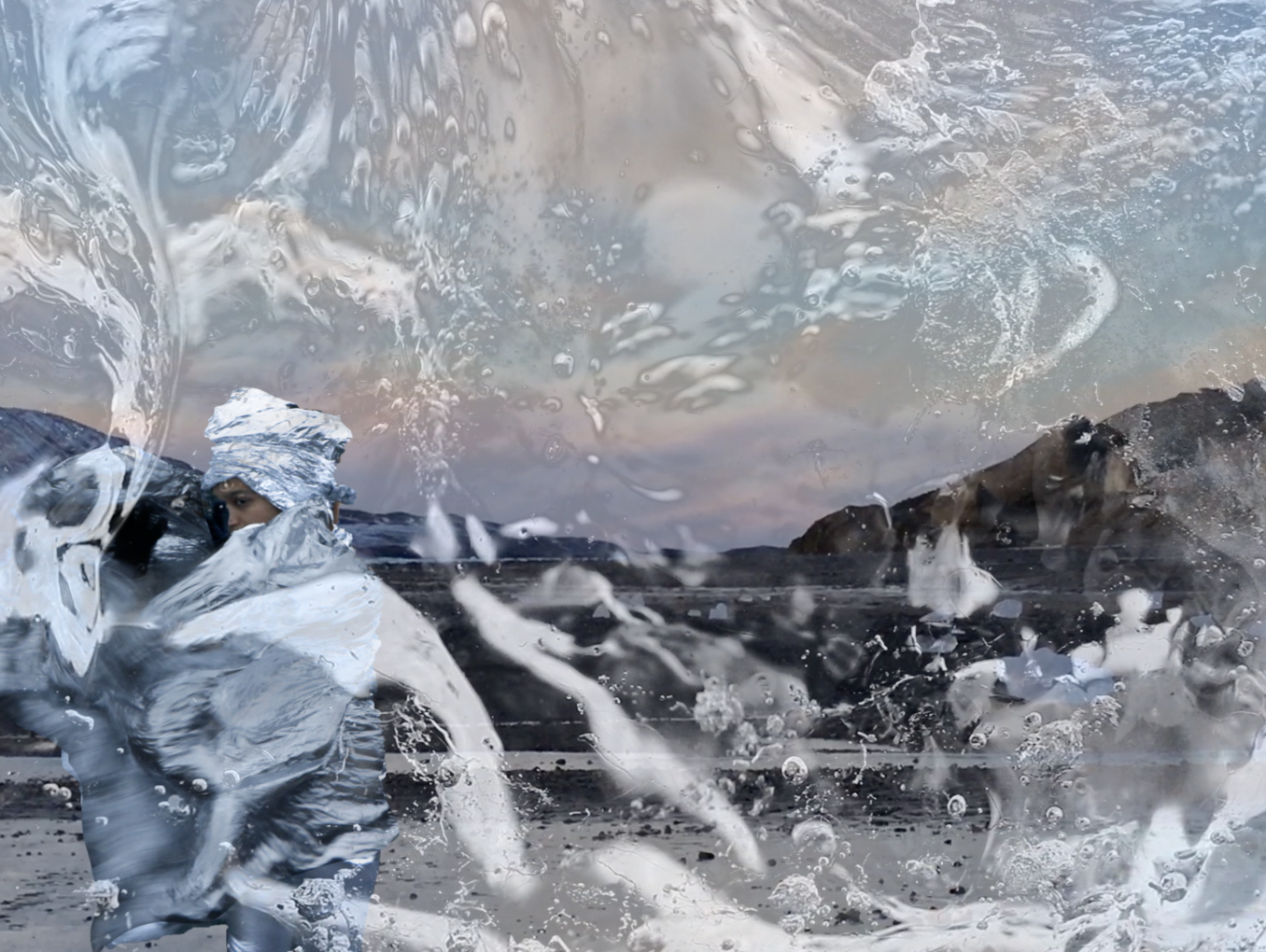
Art & Science
As part of the Falling Walls Global Call and in search of the Falling Walls Science Breakthroughs of the Year 2024, we invited leading actors in science and academia worldwide to nominate the latest breakthroughs and outstanding science projects in 9 different categories, Art & Science being one of them. Our distinguished jury for Art & Science, chaired by Juliet Koss, will select 10 excellent winners in this category and award one of them with the prestigious title Science Breakthrough of the Year, Art & Science.
Falling Walls seeks artists whose work is inspired and influenced by science across a wide range of subjects (from the humanities to life sciences, technology and more), which sheds light on societal issues, natural phenomena or simply the wonder of scientific discoveries, and which highlights the unique relationship between these apparently opposite but often highly complementary disciplines.
RELEVANT INFORMATION
The Falling Walls Global Call is an international competition format that brings together science enthusiasts from diverse backgrounds. We are looking for the most recent and innovative Science Breakthroughs of the Year! We encourage and invite nominations and applications from all over the world. To help make the Falling Walls Science Summit 2024 the celebration that excellent science deserves, we launch the Falling Walls Global Call each year.
Nominations open 1 March and close 15 May 2024 .
Nominations for the Science Breakthrough of the Year may be initiated by leading academics and academic institutions, universities, research organizations, companies, private and public research centres, academies, research funders, foundations, and individuals to nominate the latest breakthroughs in Art & Science. Self-nominations are accepted.
If you have any questions, please do not hesitate to contact us via email. We are happy to help.
In the Art & Science category, we are looking for artists whose work is inspired and influenced by science across a wide range of subjects (from the humanities to life sciences, technology and more), which sheds light on societal issues, natural phenomena or simply the wonder of scientific discoveries, and which highlights the unique relationship between these apparently opposite but often highly complementary disciplines. We are looking for:
- International contemporary artists, collectives and projects that reflect, present, convey or process current phenomena, developments and discoveries in all scientific disciplines, or which present them in artistic forms
- Artists and works that address global social challenges via scientific references, methods or practices
- Artists and works that set new standards in the intersection of art and science and stand out artistically as well as methodologically
Nominations will be considered and evaluated within the category, but their potential for interdisciplinary problem-solving will also be assessed.
Self-nominations are accepted. To submit your own project, please run through the nomination process on our online platform. You will receive an email to confirm your nomination in order to give detailed information on your project.
Please note that submissions must be completed in English.
- Your work will be presented to a distinguished Jury and will get international visibility.
- Be a part of the Falling Walls network and interact with a wide range of decision-makers, innovators and emerging talents from all over the world. Join an interdisciplinary community that is committed to bringing down barriers to address common challenges.
- Take your chance to become the Falling Walls Science Breakthroughs of the Year in Art & Science and present your breakthrough work to a global audience on 9 November 2024 on our stage at the Falling Walls Science Summit in Berlin.
- As Science Breakthrough of the Year you will get the opportunity to enjoy the Falling Walls Science Summit 2024, a four-day conference with inspiring keynotes, discussions, and exciting pitches. Be part of a community of the most important researchers and thinkers of our time and discuss breakthroughs with global leaders in science, politics, business, and the media.
We will use our expertise and years of experience in science communication to help make your research accessible and engaging to a wide audience, and to highlight its impact on society.
STEP 1 – NOMINATION
Leading actors in science and academia worldwide nominate individual scientists or research groups by submitting a nomination form via our online platform by 15 May 2024. Nominated candidates will be contacted directly and asked to submit further details. Self-nomination is accepted.
STEP 2 – 30 FINALISTS
Submissions that meet the standard requirements will be evaluated by a shortlisting jury and the jury chair using our selection criteria (see below) to agree on a list of 30 finalists, who will be officially announced on our website in mid-June.
STEP 3 – 10 WINNERS
Our distinguished jury for Art & Science, chaired by Juliet Koss will evaluate all finalist applications based on the selection criteria and choose ten winners. The ten winners will be released in mid-August.
STEP 4 – THE FALLING WALLS SCIENCE BREAKTHROUGH OF THE YEAR
The respective juries will select the Science Breakthroughs of the Year from the winners of each category. On 9 November, the anniversary of the peaceful fall of the Berlin Wall, the Science Breakthroughs of the Year 2024 will take up the stage at the Falling Walls Science Summit in Berlin.
We are specifically looking for projects that address global challenges and represent scientific knowledge in an innovative way. Falling Walls always encourages interdisciplinary approaches to science and seeks outstanding scientists as well as research groups. The four selection criteria are:
- Breakthrough Potential: How much of a paradigm shift does the research represent? Are there excellent, ground-breaking, recent achievements in their respective fields, nationally and internationally?
- Level of Innovation: How new and original is this idea?
- Societal & Artistic Relevance: How significant is the research for society today and in the future? Is there a positive effect on nature and humanity, in line with the Sustainable Development Goals? How relevant is the artistic component? How strong is the project’s artistic engagement with the subject matter?
- Academic Excellence: Is the research of outstanding quality and is it likely to have a significant long-term impact on the research landscape and to contribute towards solving global challenges? Is the research able to translate scientific topics and their complexities in a way that makes them accessible and attractive to large sections of society?
Each evaluation criterion is considered proportionally. Nominations and Self-nominations will be considered and evaluated within the category, but their potential for interdisciplinary problem-solving will also be assessed.
SAVE THE DATE: 7 – 9 NOVEMBER 2024
The Falling Walls Science Summit takes place from 7 – 9 November 2024 in Berlin.
7 NOVEMBER – FALLING WALLS PITCHES
A day of live pitches in the following categories:
- Emerging Talents (Falling Walls Lab) for the next generation of outstanding innovators;
- Science Engagement (Falling Walls Engage) for inspiring science engagers;
- Science Start-Ups (Falling Walls Venture) for the science start-up community.
8 NOVEMBER – FALLING WALLS CIRCLE
Our format to connect science and society. Researchers, policymakers, business leaders, and society discuss the biggest challenges we face and the foresight that scientific breakthroughs can offer.
9 NOVEMBER – BREAKTHROUGH DAY
On 9 November, the anniversary of the peaceful fall of the Berlin Wall, the Science Breakthroughs of the Year 2024 will take up the stage at the Falling Walls Science Summit in Berlin.
If you have any questions about the Nomination and the Self-nomination process, please contact us via email.
Terms & Conditions – Falling Walls Science Breakthroughs of the Year 2024
The Falling Walls Science Breakthrough of the Year 2023 in Art & Science
ELAINE CHEW: BREAKING THE WALL TO MUSICAL MEDICINE
To see the effect of music on the heart, Elaine Chew creates models to characterise and visualise performed and composed music structures linking those to physiological signals from wearable sensors.
